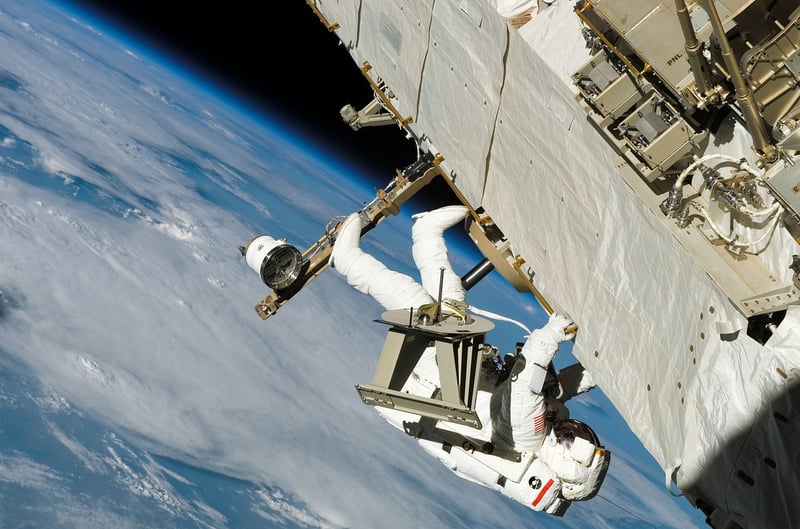Habitat Design
The Future of Space Travel: Cutting-Edge Technology and Habitat Design
Space exploration has always captivated human imagination, and with advancements in technology, we are on the brink of a new era in space travel. From innovative propulsion systems to sustainable habitat design, here's a look at the cutting-edge technologies shaping the future of space exploration.
1. Ion Propulsion Systems
Ion propulsion systems are revolutionizing space travel by providing efficient and long-lasting thrust for spacecraft. Unlike traditional chemical propulsion, ion engines use electric fields to accelerate ions, resulting in higher speeds and fuel efficiency. This technology is crucial for long-duration missions and deep-space exploration.

2. 3D Printing in Space
3D printing is reshaping habitat design in space by enabling astronauts to manufacture tools, parts, and even entire structures on-demand. This technology reduces the need for costly and heavy payloads, making space missions more sustainable and self-sufficient.

3. Closed-Loop Life Support Systems
Closed-loop life support systems mimic Earth's natural ecosystems by recycling air, water, and waste within a spacecraft or habitat. By harnessing biological processes and advanced engineering, these systems ensure the long-term sustainability of human life in space.

4. Virtual Reality for Mental Health
Space travel can take a toll on astronauts' mental health due to isolation and confined spaces. Virtual reality technology is being used to combat these challenges by providing immersive experiences that simulate Earth-like environments, reduce stress, and improve overall well-being.

As we venture further into the cosmos, these cutting-edge technologies will not only drive innovation in space exploration but also pave the way for sustainable habitats and long-term human presence beyond Earth. The future of space travel is indeed an exciting frontier waiting to be explored.
Explore more about space travel and habitat design here.
